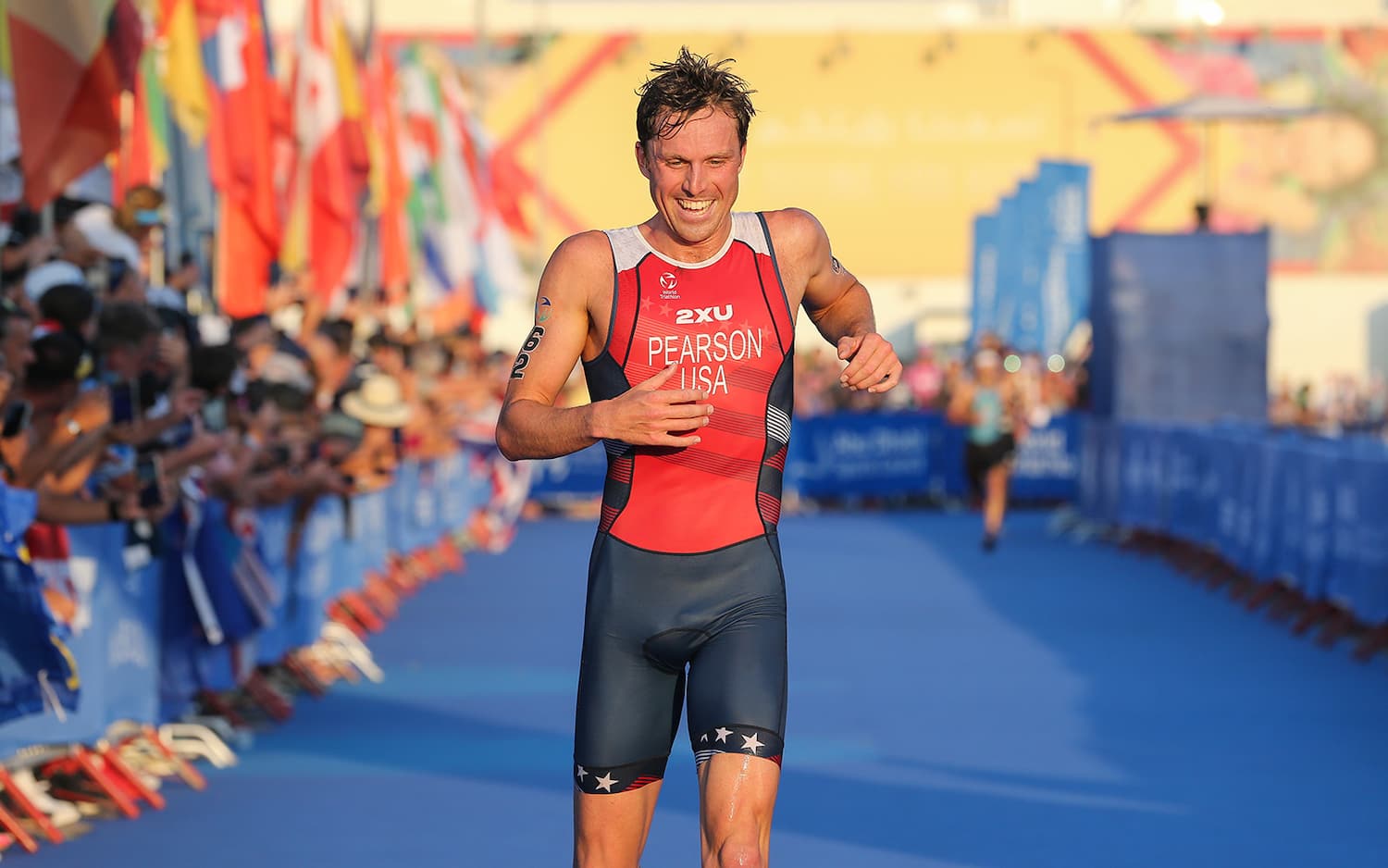In a world obsessed with pushing harder, faster, stronger — we often overlook the parts of training that keep us moving long-term: mobility and recovery.
Whether you're clocking up kilometres for your next triathlon, crushing gym sets, or just trying to keep up with the physical demands of life — your recovery strategy is just as important as your training plan. Without it, you’re leaving performance gains on the table and increasing your risk of injury, burnout, and chronic tightness.
Here are five evidence-backed reasons to prioritize mobility and recovery — and how to make it a part of your daily rhythm.
1. Mobility Unlocks Efficient Movement
Mobility is your body’s ability to move freely through its full range of motion. It’s not the same as flexibility — it’s about control, stability, and strength at the end ranges of motion. And it’s a foundation for every major movement pattern — squats, running strides, overhead lifts, even walking uphill.
Tight hips? Stiff shoulders? Restricted ankles? These issues not only impact performance but force other muscles to compensate — often leading to pain or injury.
What helps:
-
Dynamic stretching pre-workout (not static)
-
Controlled mobility drills (e.g. 90/90 hip rotations, shoulder CARs)
-
Myofascial release tools to address restrictions — e.g. tight hip flexors, calves, or traps
💡Try this: Use a deep release tool like the Capabody™ PsoPeak to target deep hip flexor and psoas tension. It mimics a therapist’s elbow and can be a game-changer for unlocking range in the hips and lower back.
2. Recovery Is Where Progress Happens
Contrary to what many believe, the gains don't happen in the workout — they happen between them. When you sleep, stretch, nourish, and rest, your body repairs muscle fibres and integrates the adaptations from training.
Skip recovery, and you're likely to experience:
-
Increased fatigue and irritability
-
Poor performance or plateauing
-
Higher injury risk due to muscular imbalances or overuse
What helps:
-
Active recovery: light movement, mobility work, or gentle cardio
-
Sleep hygiene: support your neck, spine, and sleep posture
-
Targeted heat therapy to improve circulation and reduce soreness
💡Capabody pick: The TheraMask combines heat and comfort to reduce muscle tension in the neck and face — a simple nightly habit to unwind and support recovery.
3. Injury Prevention Starts With the Right Habits
Injuries often start small: a tight calf, a weak glute, an unstable ankle. Then they compound over time until something gives.
The goal isn’t to avoid stress altogether — but to become more resilient to it. Mobility work builds joint stability. Recovery protocols improve tissue quality. And small, daily investments can keep you out of the physio’s office.
What helps:
-
Identifying your weak links and working on them consistently
-
Training with proper form and joint control
-
Wearing the right supports if you’re returning from injury
💡Capabody tools for support:
-
Elbow Brace or Ankle Brace during sport or rehab
-
PosturePro to retrain your thoracic and shoulder posture — crucial for lifters, desk workers, and runners alike
4. Long-Term Mobility Matters — Especially As You Age
Mobility isn’t just for athletes. It’s about moving well for life. From getting off the floor to carrying groceries, poor mobility can make everyday activities feel harder than they should be.
By age 30, we start losing muscle mass and joint range if we don’t actively maintain them. The good news? It doesn’t take much to preserve mobility — just consistency.
What helps:
-
Daily stretching and mobility micro-sessions
-
Foam rolling or targeted release tools
-
Sleeping in good alignment
💡Capabody tool to support aging actively: The Cervical Pillow and ComfyCloud are designed to align the spine and neck — a simple yet effective upgrade for recovery during sleep.
5. Recovery Supports Mental Health Too
Mobility and recovery routines aren’t just physical — they’re also mental resets. Slowing down, breathing, and tuning into your body reduces stress, grounds your nervous system, and can even improve sleep quality.
For many, these rituals become meditative — a moment of calm in otherwise high-intensity days.
What helps:
-
10–15 mins of breath-led mobility at night
-
Heat therapy to decompress and unwind
-
Simple tactile rituals like massage or hand therapy
💡Capabody feel-good tools: The TheraMask for heat and calm, or Arthritis Gloves to soothe overused hands and fingers from lifting or screen time.
Final Word: Recovery Is the Investment That Pays You Back
Mobility and recovery aren’t luxuries — they’re foundational to a life that moves well, feels strong, and stays pain-free. And you don’t need to overhaul your routine overnight. Start small. Be consistent. Stack habits.
At Capabody Therapy, we’re here to support that journey — with tools designed to fit into your life, not disrupt it.
🛒 Explore the full Capabody range to find what fits your lifestyle, recovery rhythm, and movement goals.


